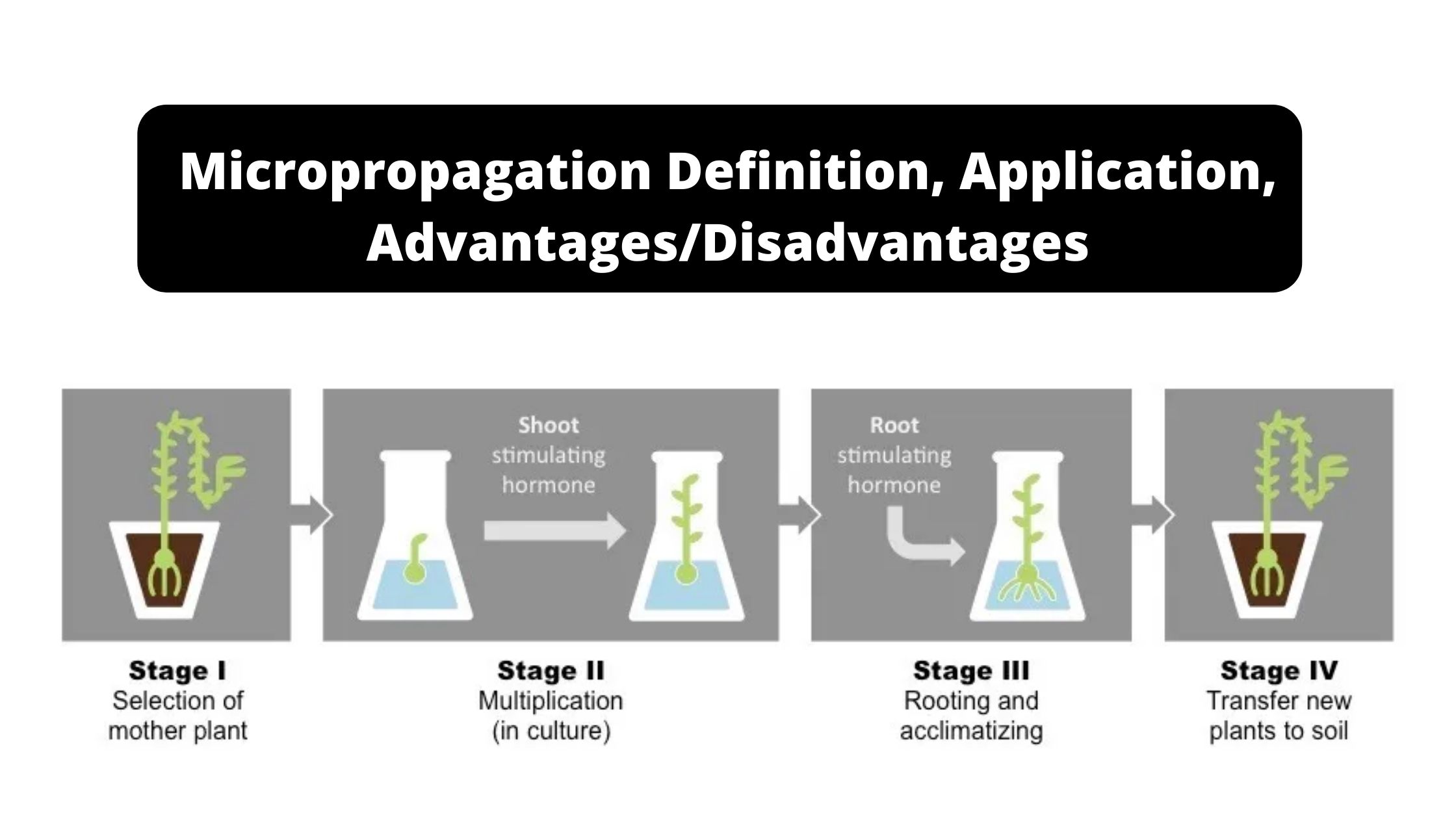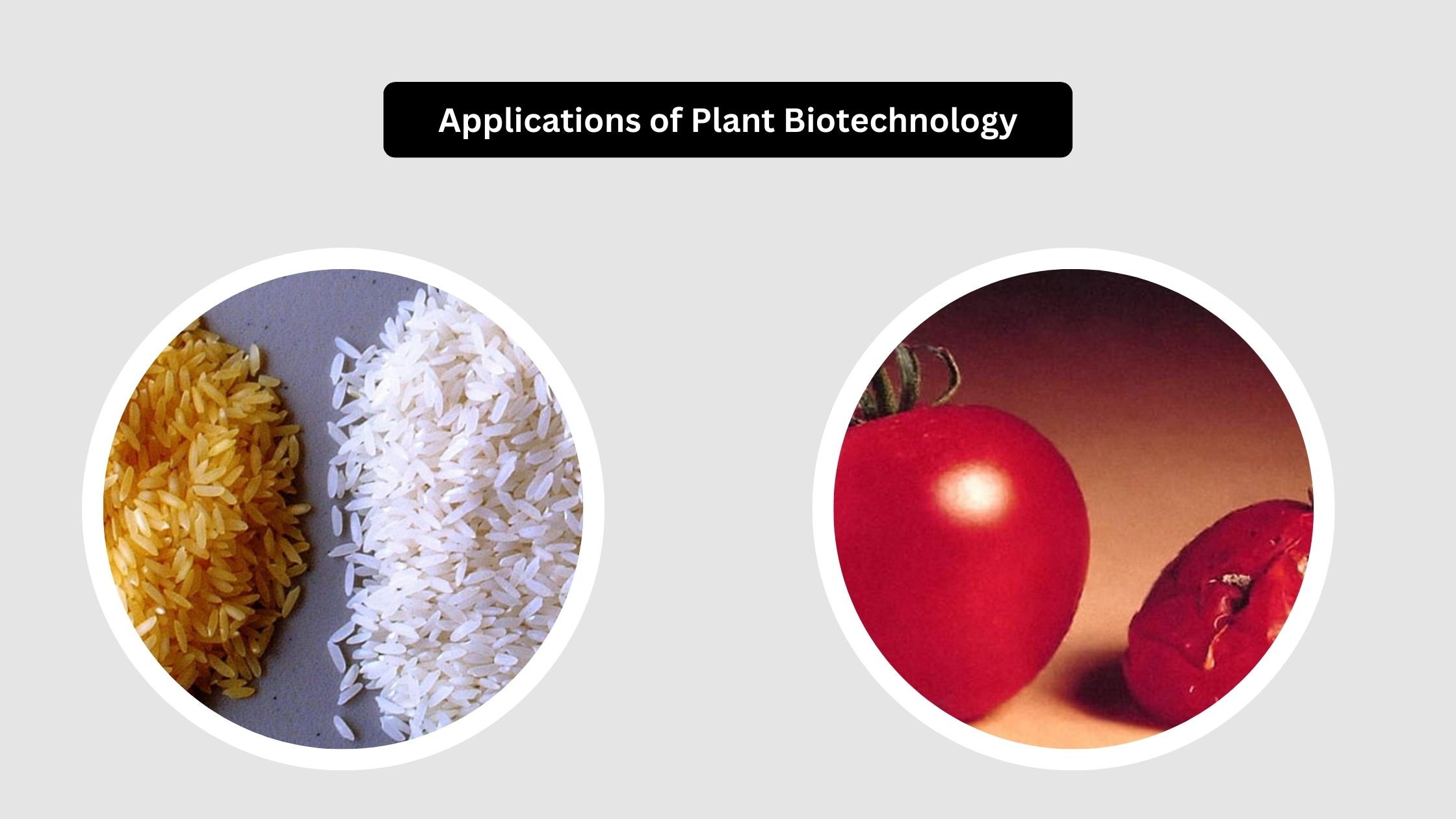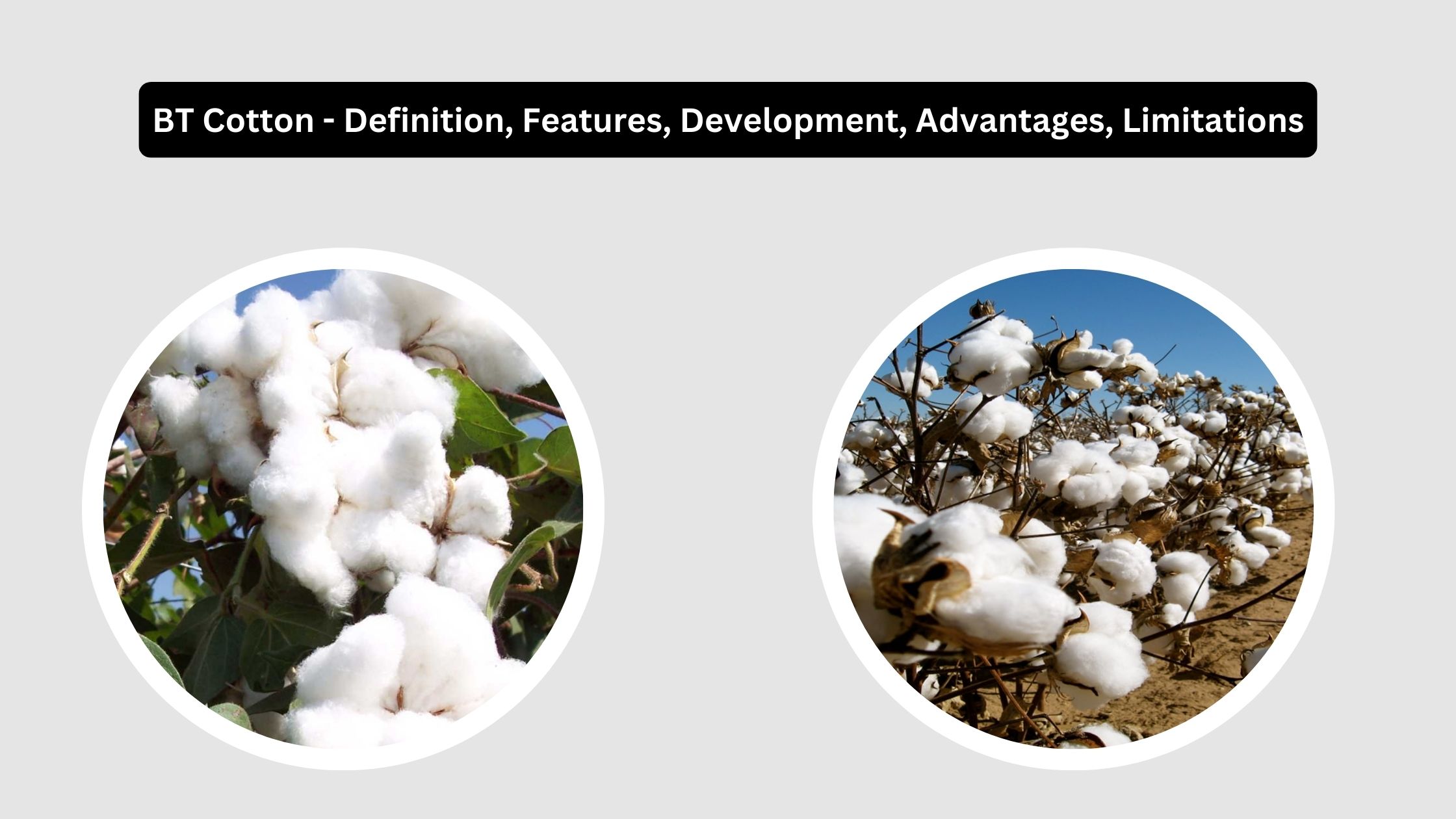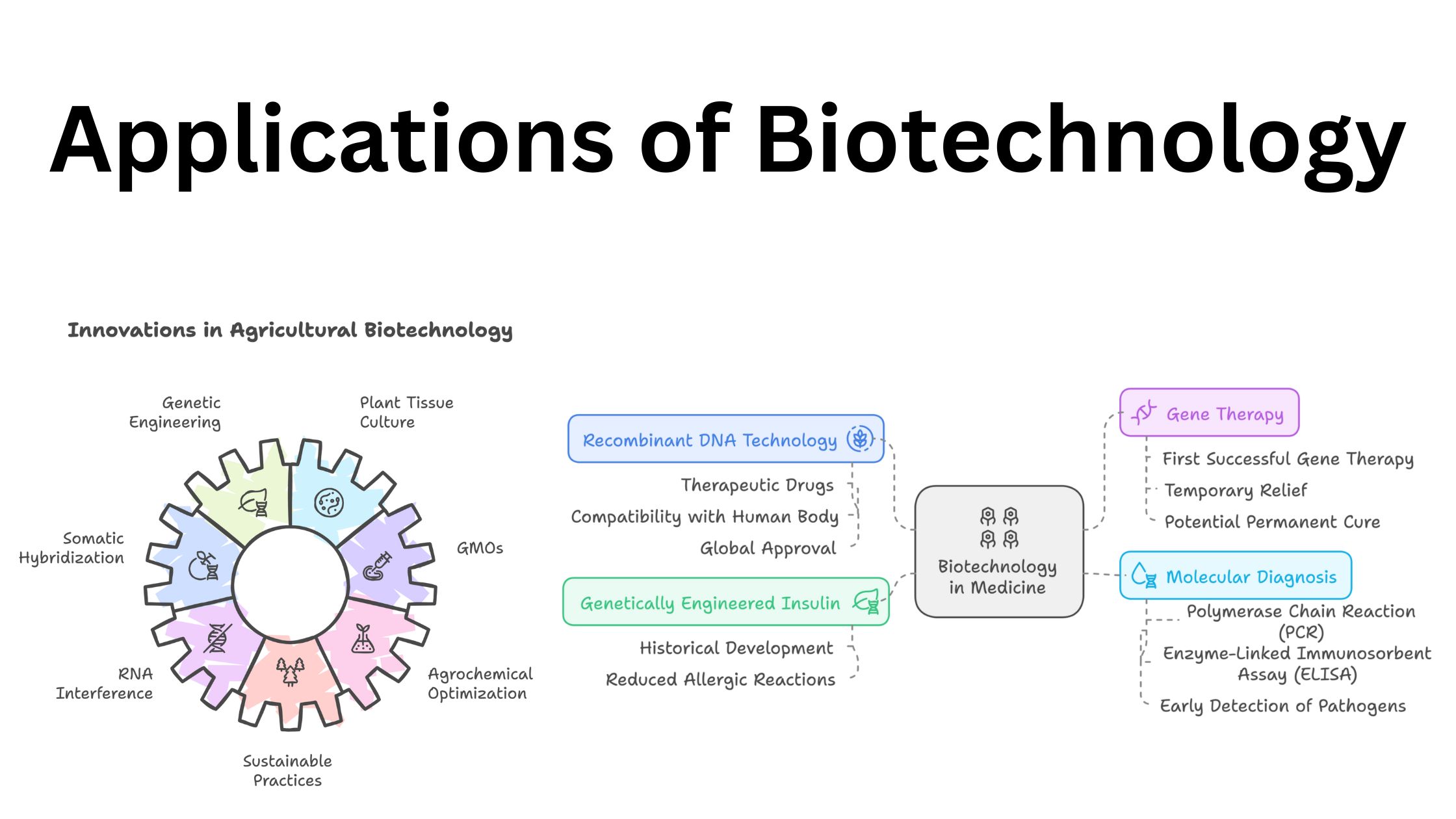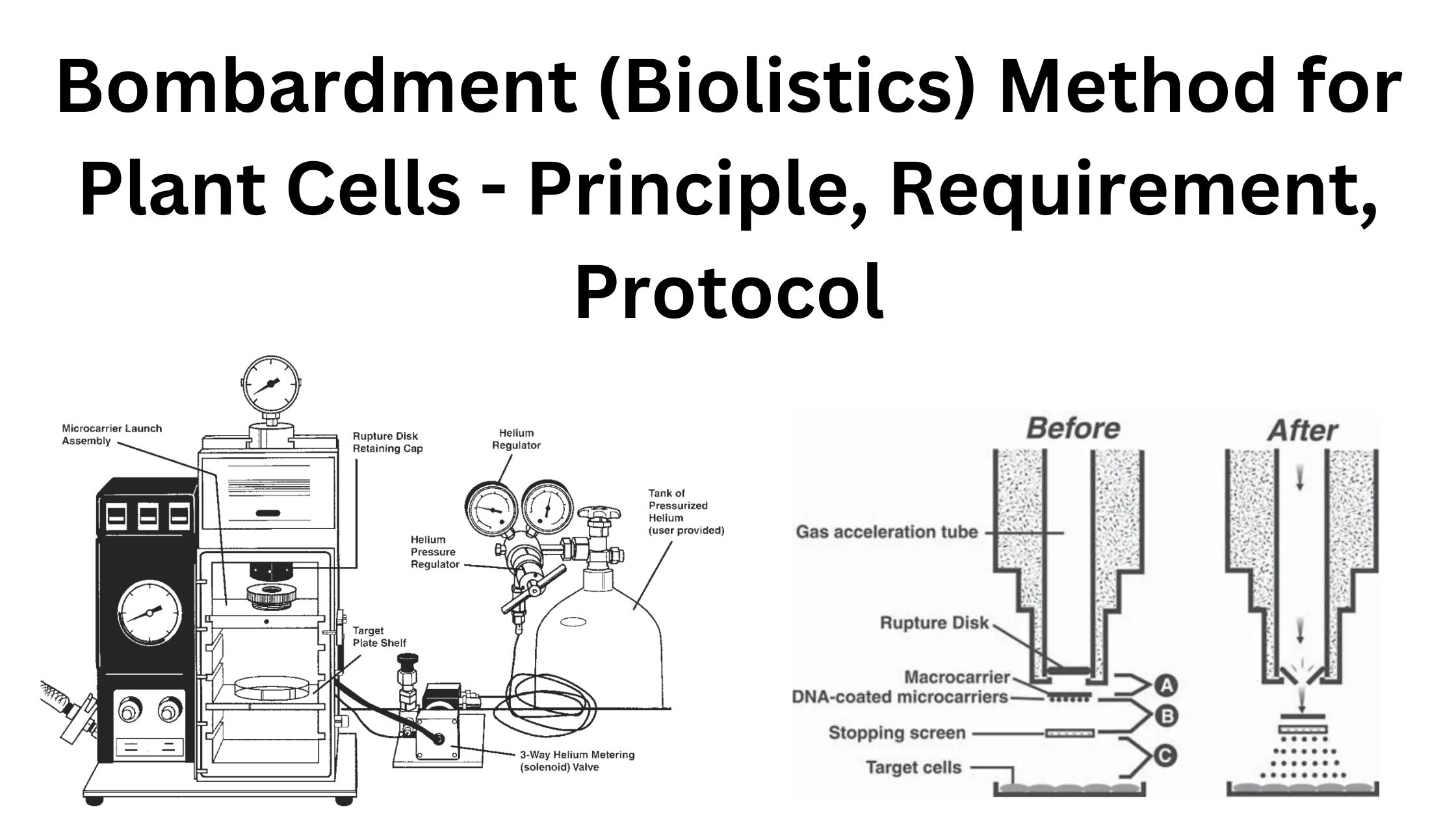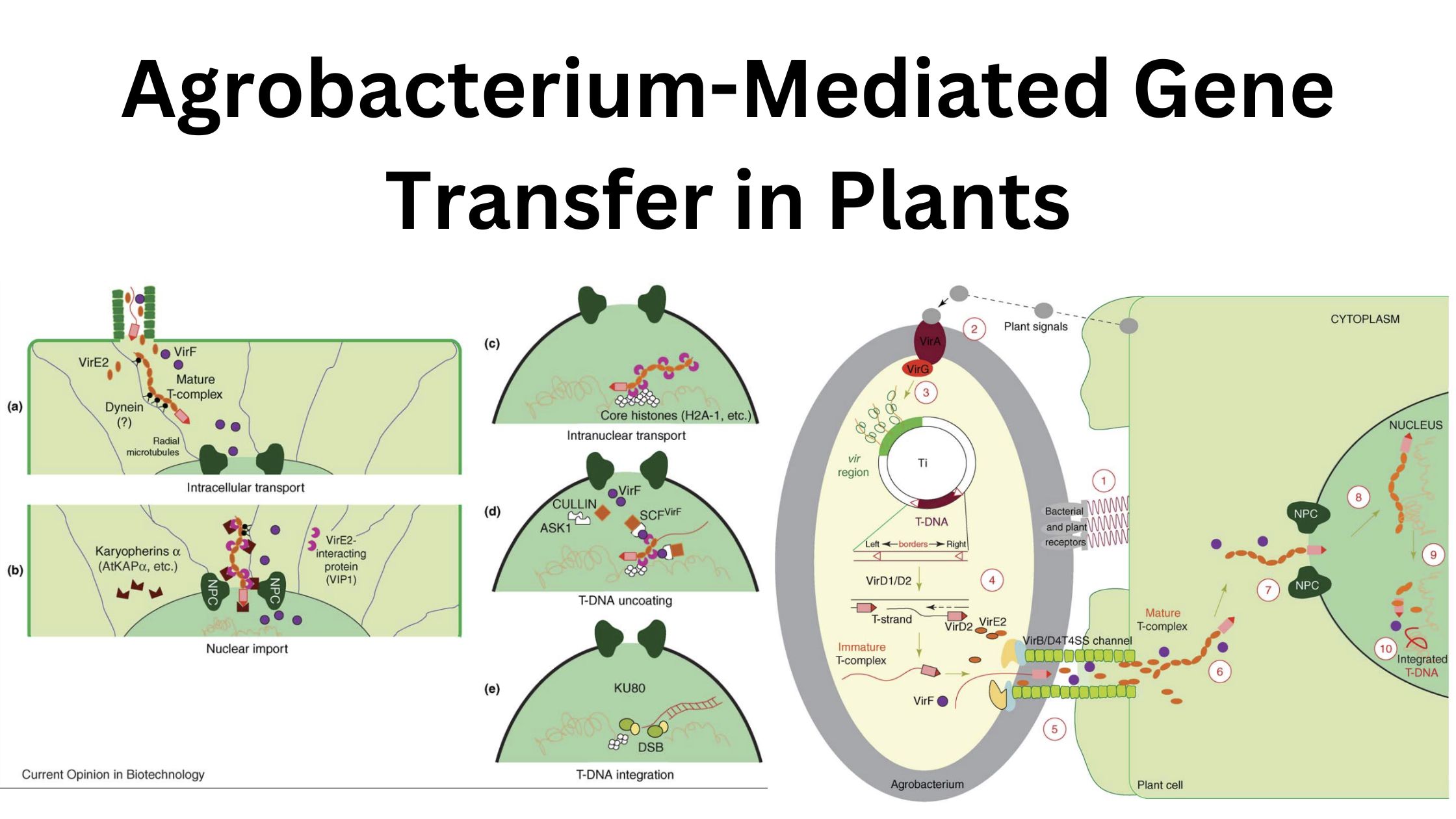Germplasm conservation Methods
What is Germplasm conservation? History of Germplasm Conservation Germplasm conservation has evolved through significant scientific and international efforts to safeguard the genetic diversity of crop plants. Below is a detailed historical account highlighting key milestones: Methods of Germplasm Storage and Conservation There are two methods for Germplasm Storage and Conservation A. Ex Situ Conservation Ex … Read more

